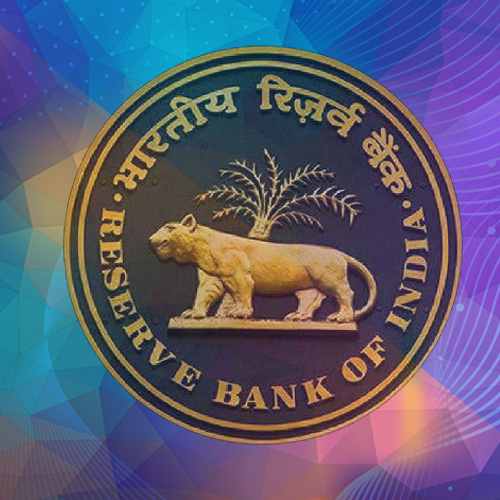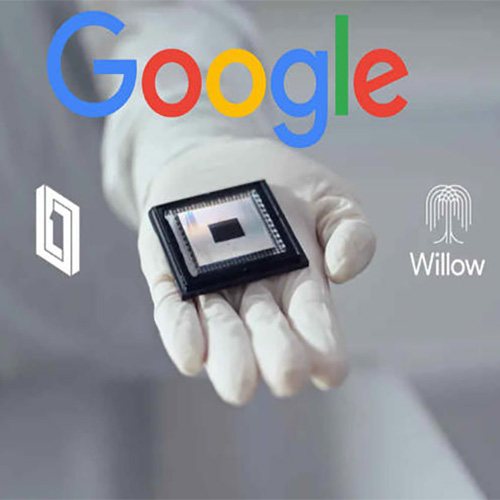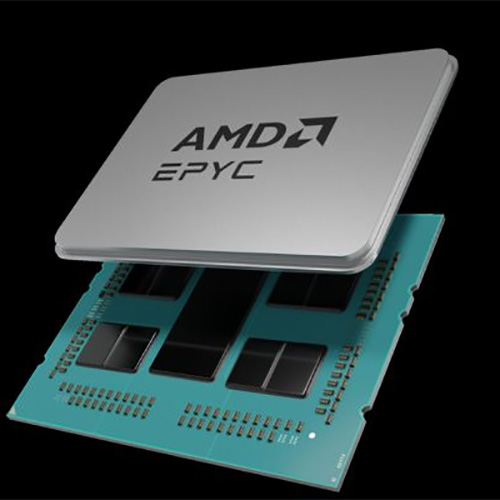
The Reserve Bank has set up a committee to draw a vision document for strengthening urban cooperative banks (UCBs) and exploring the potential of consolidation in the sector.
The committee, to be headed by former RBI Deputy Governor N S Vishwanathan, will suggest “effective measures for faster rehabilitation and resolution of Urban Cooperative Banks (UCBs) and also assess their potential for consolidation in the sector.”
The panel will “draw up a vision document for a vibrant and resilient urban co-operative banking sector having regards to the Principles of Cooperation as well as depositors’ interest and systemic issues,” said the terms of reference of the committee which will be required to submit its report to the RBI in three months.
The eight-member panel, including former chairman of Nabard Harsh Kumar Bhanwala, will also review the current regulatory and supervisory approach and recommend suitable measures to strengthen the sector, taking into account recent amendments to the Banking Regulation Act, 1949.
As per the terms of reference of the committee, it will “take stock of the regulatory measures taken by the Reserve Bank and other authorities in respect of UCBs and assess their impact over the last five years to identify key constraints and enablers, if any, in fulfilment of their socio-economic objective.”
The committee will also consider the need for differential regulations and examine prospects to allow more leeway in permissible activities for UCBs with a view to enhancing their resilience.
The Reserve Bank has announced setting up of an Expert Committee on UCBs to examine the issues and to provide a road map for strengthening the sector, leveraging on the recent amendments to Banking Regulation Act, 1949.
Following the amendment all urban cooperative banks and multi-state cooperative banks have come under the supervision of the Reserve Bank of India.
See What’s Next in Tech With the Fast Forward Newsletter
Tweets From @varindiamag
Nothing to see here - yet
When they Tweet, their Tweets will show up here.





























